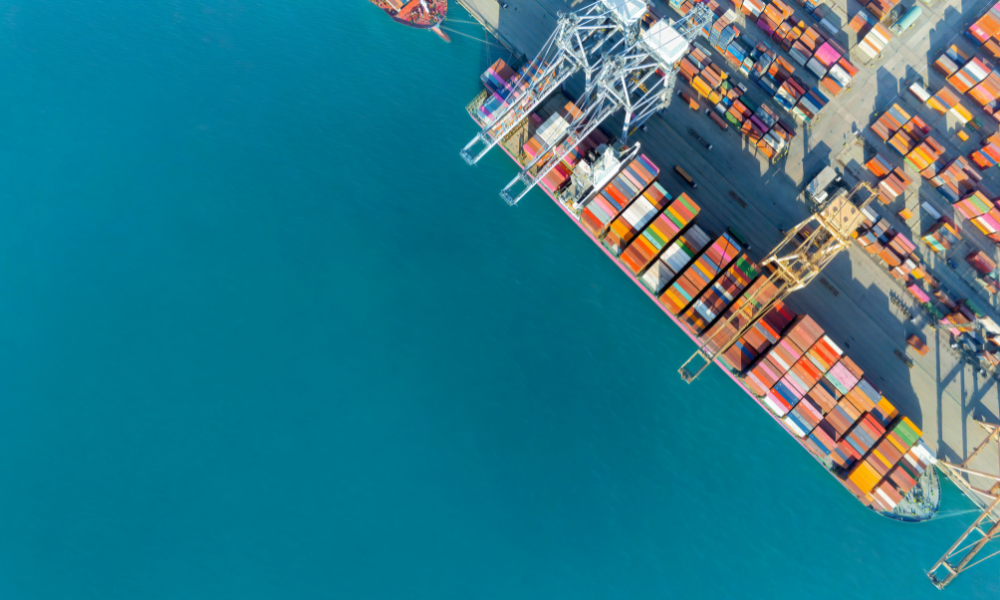LeBlanc says Canada’s pension funds could increase U.S. investments by $100bn annually

Canada’s pension funds have more than $1tn invested in the United States, and that figure could grow by $100bn or more annually, said Dominic LeBlanc, the federal minister responsible for US trade, during a visit to Washington.
“Our pension funds alone have over $1tn of investment in the United States,” said LeBlanc. “That can potentially grow by $100bn or more a year, and that’s just the big nine Canadian pension funds.”
Financial Post reported that LeBlanc made the comments in response to questions about whether US President Donald Trump might request specific commitments on Canadian investment as part of trade talks.
The US has offered increased foreign investment as a possible pathway to improved trade terms.
Trump recently cited a deal with Japan that includes a proposed $550bn Japanese-backed US investment fund.
The US has also held similar discussions with South Korea, reported Bloomberg News.
Despite the potential growth in US exposure, LeBlanc said the federal government would not direct pension managers to increase their holdings or participate in specific American projects as a condition for reduced tariffs.
Canada’s pension funds are already deeply integrated into US markets.
The Canada Pension Plan Investment Board (CPPIB), the country’s largest, had allocated 47 percent of its capital to the US as of March 31.
CPPIB’s recent transactions include a joint venture with Equinix Inc. to raise US$15bn for new data centres, including in the US.
CPPIB had $714bn in assets under management at the end of March and is projected to reach $1tn by the early 2030s.
“Obviously you will see the dollars being more significant in the US” with that growth, said CPPIB spokesperson Michel Leduc.
Leduc also said the fund is “not part of any negotiations” and “not being asked to invest more in the US,” although there had been “some outreach from the Canadian government to understand the facts.”
LeBlanc visited Washington for meetings with US lawmakers and officials, including Commerce Secretary Howard Lutnick and Republican senators Tim Scott, Shelley Moore Capito, and Roger Marshall.
However, he did not confirm whether Canada could reach a new trade agreement by the August 1 deadline.
Trump has threatened to raise tariffs on Canadian imports from 25 percent to 35 percent that day.
White House officials indicated that goods protected under the Canada-US-Mexico Agreement (CUSMA) might remain exempt.
“Canadians expect us to take the time necessary to get the best deal we can in the interest of Canadian workers,” LeBlanc said.
He added that Canada would only sign an agreement once Prime Minister Mark Carney “decides that it’s the best deal we can get.”
Carney, speaking earlier this week, said Canada is not aiming to “reach a deal whatever it costs.” He said negotiations remain complex, citing shifting objectives from the Trump administration.
Many Canadian exports—including crude oil, fuel, and fertilizer—currently benefit from tariff exemptions under CUSMA.
However, duties remain in place on several sectors such as autos, steel, aluminum, and lumber.
Canada’s ambassador to the US, Kirsten Hillman, said US officials have taken note of Canada’s recent restrictions on foreign steel imports, particularly from China.
“Some of the measures that we’re taking, including in steel last week, are designed to help us have the route that we need to get where we need to go,” she said.
Hillman added that it is important for Canada to remain in a position to keep negotiating until the right deal is reached.



